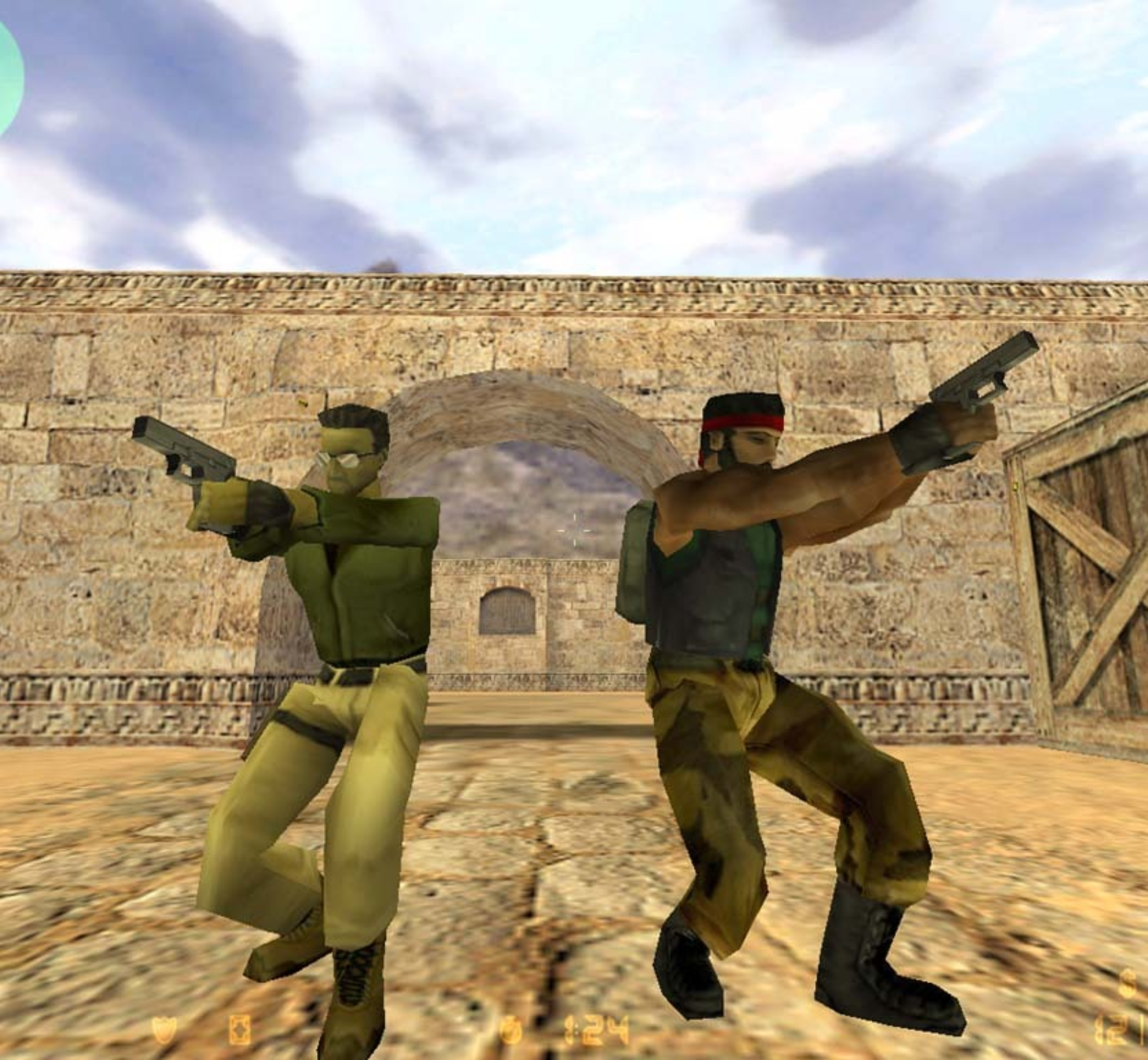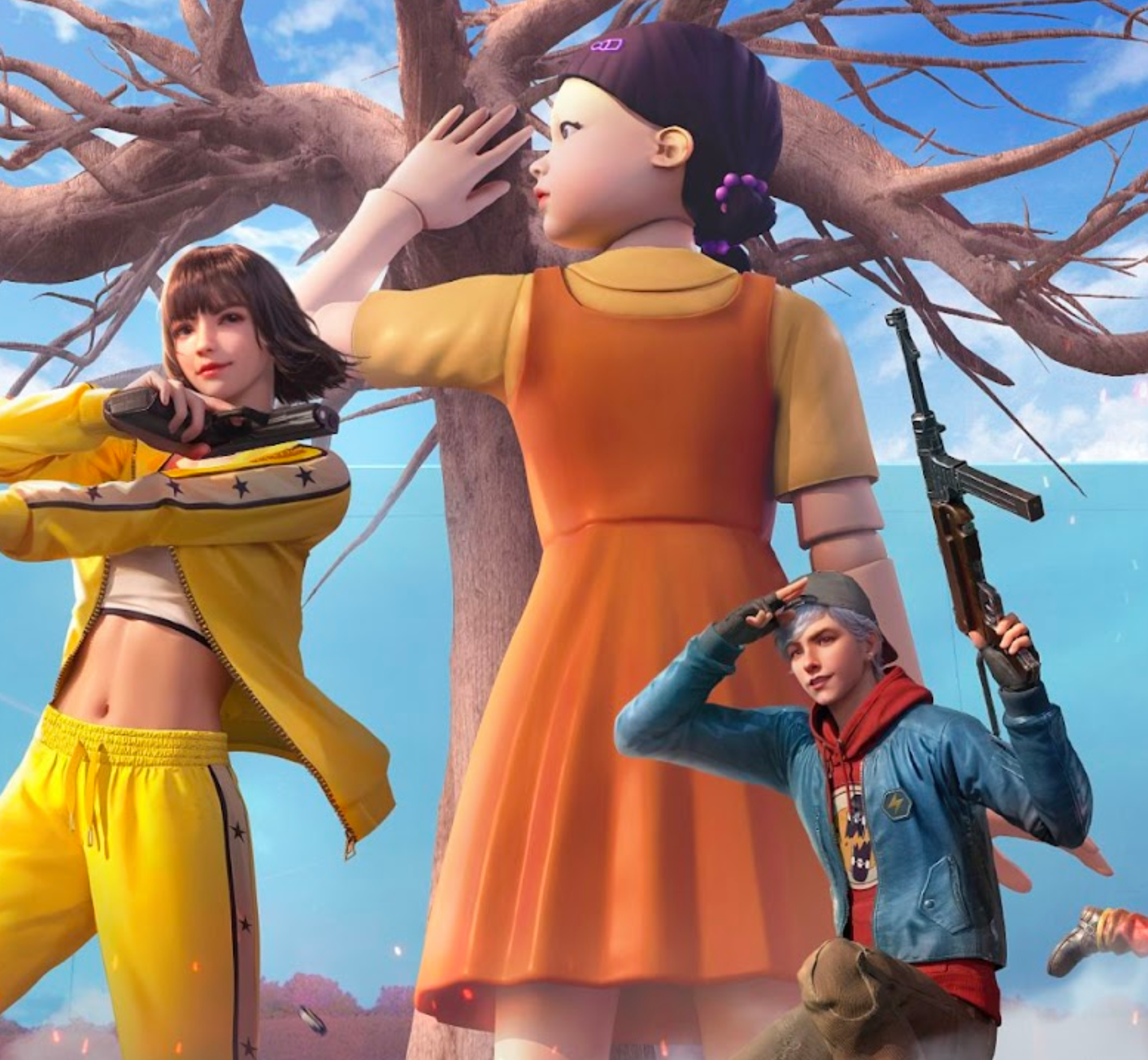In a stunning turn of events, the global Counter-Strike 2 skins economy has faced one of its most dramatic collapses to date, wiping out an estimated $3 billion in market value virtually overnight. The crash followed a recent game update from Valve that significantly altered the way rare cosmetic items are acquired, triggering widespread panic among traders and collectors who make up one of gaming’s largest virtual economies.
For years, Counter-Strike’s skin market has been a cornerstone of the game’s culture and economy. Skins—cosmetic designs for weapons—have developed into high-value digital assets, some trading for tens or even hundreds of thousands of dollars. With marketplaces, auction platforms, and third-party trading systems, the Counter-Strike ecosystem has grown into a thriving financial microcosm where digital aesthetics intersect with real-world money.
The new update, however, disrupted that stability. Valve introduced a revised drop system and new constraints on how certain rare skins could be obtained or traded. The change, though intended to improve fairness and reduce illicit trading, had the unintended consequence of eroding confidence in long-held inventories. Within hours, item prices began to plummet, and trading volume surged as sellers rushed to liquidate their digital holdings before values dropped further.
The result was a digital financial shockwave. Marketplaces reported massive sell-offs, with once-coveted knife and weapon skins losing up to 70 percent of their value in a single day. Collectors who had treated these virtual items as stable long-term investments found themselves facing heavy losses, while newer traders saw their portfolios evaporate almost instantly.
Community reaction has been intense. Social platforms filled with frustration, disbelief, and speculation about whether the collapse was a temporary correction or a deeper sign of volatility within the skin economy. Some traders accused Valve of mishandling the rollout and failing to communicate the economic consequences of the update. Others argued that the market had become overheated and that a correction was inevitable after years of escalating speculative trading.
Industry analysts see the event as a wake-up call for both developers and players. The Counter-Strike 2 skin market, often likened to a digital stock exchange, operates with minimal regulation. Prices are driven by scarcity, hype, and community sentiment rather than tangible backing or oversight. This lack of structure leaves it vulnerable to sudden disruptions like the one just witnessed.
Despite the chaos, some view the downturn as a necessary reset. Cheaper skins could encourage more casual players to engage with the trading system, potentially revitalizing the in-game economy once the dust settles. However, for high-value traders who have built businesses around skin speculation, the losses are staggering and may take years to recover.
As the market continues to stabilize, Valve faces pressure to clarify its long-term economic strategy and rebuild community trust. The Counter-Strike 2 crash stands as a stark reminder that even in the digital realm, markets fueled by speculation can fall just as swiftly as they rise — and the line between gaming and real-world finance has never been thinner.



